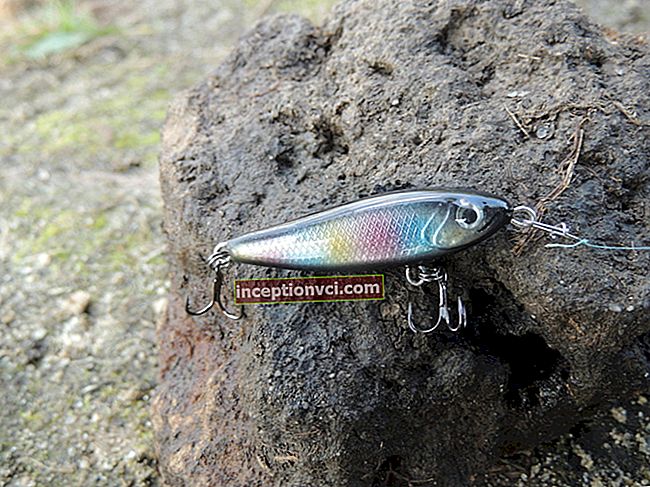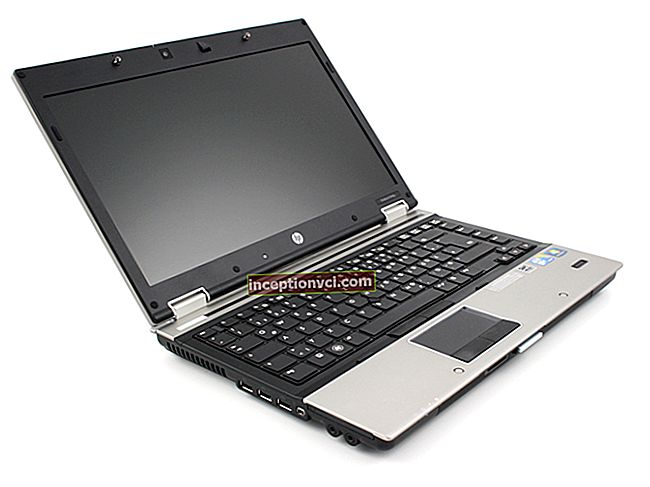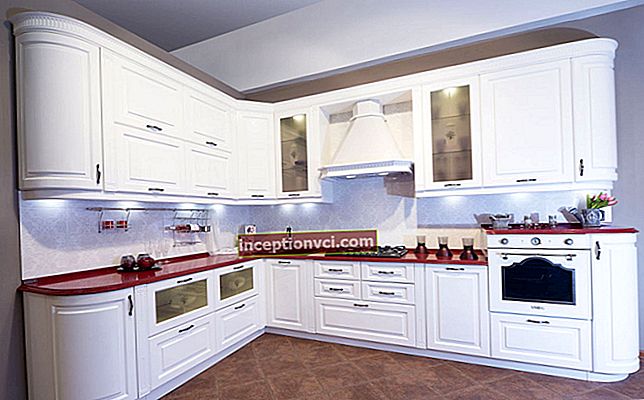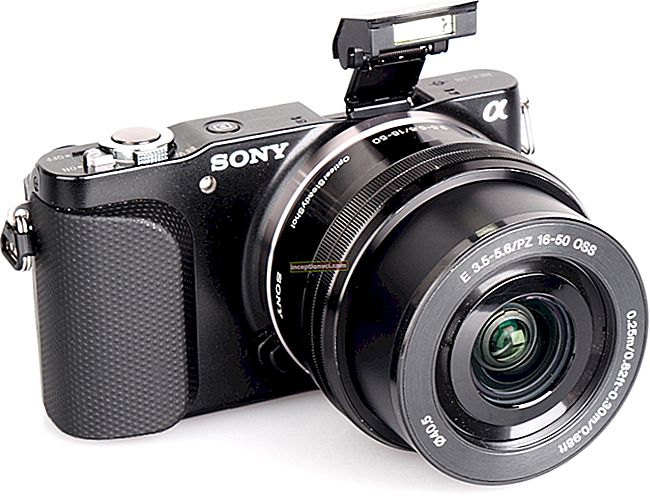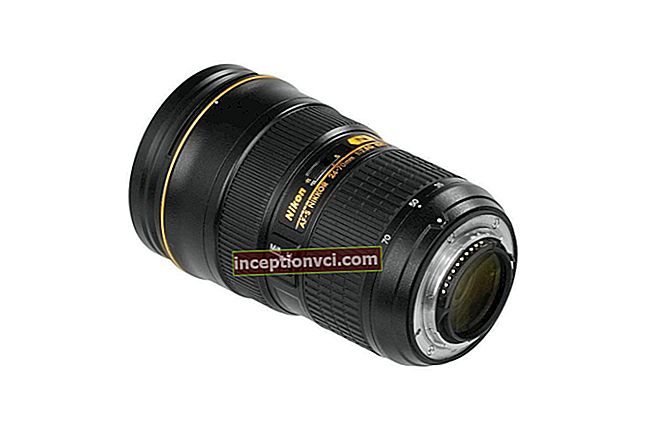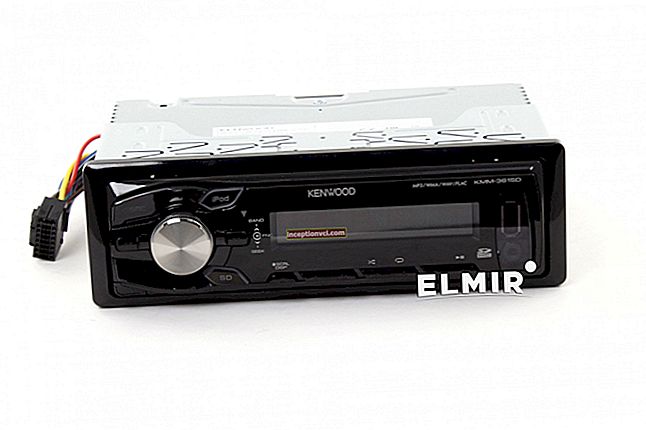First, let's clarify what wide-angle lenses are.
Wide-angle lenses are zoom lenses or lenses with a fixed focal length of 75 ° or more. To understand what this means, we can say that our angle of view is approximately 45 °. Thus, a wide-angle lens allows us to capture more than we can see with our own eyes.

In the days of film, it was pleasant to call all lenses wide-angle, the focal length of which was less than 44. Most often, these were lenses with a focal length of 35 or less. Times have changed and now this definition is suitable only for fans of film cameras or for the lucky few who have cameras with a full-frame matrix. Both of these categories are still in the minority, so it will be more interesting to consider wide-angle lenses that can be used for their intended purpose on cameras with smaller sensors with a crop factor of 1.6.
For "cropped" Canon cameras, the lens will be wide-angle if its focal length is less than 28. you should pay attention to zoom lenses, the zoom range of which does not cross this mark along the upper limit.
Let's take a look at two popular lenses, one of them <Canon EF-s 10-22mm F / 3.5-4.5 and the second one is unique in its qualities, the lens of the third-party manufacturer Tokina 11-16 F2.8.
This is a high-end ultra-wide-angle lens specially designed by Canon for cameras with sensor size (crop factor 1.6)
This lens is designed as an alternative to Canon's flagship wide-angle range, the EF 16-35 F2.8 lens for APC-S size cameras. It is completely identical in viewing angles to the 16-35 lens on the camera with a full-frame sensor.
The beauty of this lens is that you can use it to cover the entire wide-angle range from moderate wide to ultra wide.

The disadvantages of this lens are its low aperture, the diameter of the lens relative aperture is in the range of 3.5-4.5 (it changes when zooming). In general, this aperture is not so critical for a wide-angle lens, because you can use a slower shutter speed to get a sharp shot. In the extreme wide-angle position, this lens can shoot even at 1 / 15s.
However, in a situation where it is necessary to photograph a person or a group of people, such excerpts are not worth talking about.
Therefore, if you are looking for a wide-angle lens that will be used for sequential shooting, then this lens will not suit you well.
Please note that this lens has an EF-s bayonet mount and cannot be worn on cameras with a full-frame sensor. For lenses with such a mount, this possibility was suppressed from the beginning. A hood is provided for the lens. Unfortunately, you have to buy it separately, but you can save money by buying a third-party lens hood, for example, Marumi

Some design features:
When zooming in, the physical dimensions of the lens do not change - this is very good since much less dust gets into the lens.
The front lens of the lens does not rotate - this makes it possible to use polarizing and gradient filters with this lens, which are so necessary for landscape photography.
The lens supports quick switching from autofocus to manual focus, for this it is quite simple to manually correct the focus after the focus has caught on to any object.
The almost circular aperture allows for beautiful bokeh, which is important in artistic photography.
Distortion on this lens is very weakly noticeable even in the extreme wide-angle position, and it is then easily corrected by means of software.
The lens body is made of plastic - it would certainly be nice to hold a metal thing in your hands, especially considering the price of this lens.
Tokina 11-16 F2.8

This lens can be a good replacement for the Canon 10-22 lens.
This lens can be zoomed from ultra wide angle to wide angle. However, it should be noted that in order to achieve a higher image quality, this lens was made highly specialized - the zoom range was deliberately cut. Thus, if Canon is still suitable as a universal lens in everyday life, for which only a close-up portrait is inaccessible, then Tokina will already be taken out of the bag only when you need to put a very large piece of space into the frame or take a picture with a strongly changed perspective.
The lens has a constant aperture at all focal lengths. Diameter relative to the hole of this lens is 2.8. This is the maximum aperture for all zoom lenses. This quality of this lens gives it an undeniable advantage when shooting in dimly lit rooms, because the combination of a wide aperture and an acceptable slow shutter speed allows you not to use the flash even in very low natural light. For example, it will no longer be a problem to photograph a person inside a dimly lit church.
The lens also supports one-touch focus mode switching - however, to do this, you need to slightly extend the focusing ring forward a few millimeters. In this case, the existing focus may go astray.
The lens barrel is made of metal.
The front lens is moisture repellent.
Distortion becomes severe only at the extreme zoom position.
Another feature of this lens is its mount: EF. This lens can be mounted on cameras with a full-frame sensor. Please note that although this lens can physically be mounted on cameras with an EF mount, its performance is calculated for cameras with a smaller frame size. When trying to shoot at a focal length of 11, you will encounter very strong vignetting. However, this lens can be used reasonably well if the zoom ring is set to 16mm. In this case, there will be almost no vignetting and the sharpness will be uniform across the entire field of the frame. So, by buying this lens, you can calm down a little inner excitement about the hypothetical possibility of buying a full-frame camera.
As you can see in the picture, some people use it on the 4th Mark, which is understandable in principle. at 1.3 times the range of available focal lengths of this lens is broadened over full format.

Outcomes:
Tokina side: Constant 2.8 aperture throughout the zoom range.
High quality image.
Strong constructive
Limited use on full-frame cameras.
The lens comes with a hood
Canon side:
Reliability and perfect compatibility with the company's cameras
Larger zoom range - and as a result, great versatility.
Perfect image quality at all focal lengths.
Fast focusing due to the presence of USM.
Wide-angle lenses are zoom lenses or lenses with a fixed focal length of 75 ° or more. To understand what this means, we can say that our angle of view is approximately 45 °. Thus, a wide-angle lens allows us to capture more than we can see with our own eyes.

In the days of film, it was nice to call all lenses wide-angle with a focal length of less than 44.Most often, these were lenses with a focal length of 35 or less. Times have changed and now this definition is suitable only for fans of film cameras or for the lucky few who have cameras with a full-frame matrix. Both of these categories are still in the minority, so it will be more interesting to consider wide-angle lenses that can be used for their intended purpose on cameras with smaller sensors with a crop factor of 1.6.
For "cropped" Canon cameras, the lens will be wide-angle if its focal length is less than 28. you should pay attention to zoom lenses, the zoom range of which does not cross this mark along the upper limit.
Let's take a look at two popular lenses, one of them <Canon EF-s 10-22mm F / 3.5-4.5 and the second one is unique in its qualities, the lens of the third-party manufacturer Tokina 11-16 F2.8.
This is a high-end ultra-wide-angle lens specially designed by Canon for cameras with sensor size (crop factor 1.6)
This lens is designed as an alternative to Canon's flagship wide-angle range, the EF 16-35 F2.8 lens for APC-S size cameras. It is completely identical in viewing angles to the 16-35 lens on the camera with a full-frame sensor.
The beauty of this lens is that you can use it to cover the entire wide-angle range from moderate wide to ultra wide.

The disadvantages of this lens are its low aperture, the diameter of the lens relative aperture is in the range of 3.5-4.5 (it changes when zooming). In general, this aperture is not so critical for a wide-angle lens, because you can use a slower shutter speed to get a sharp shot. In the extreme wide-angle position, this lens can shoot even at 1 / 15s.
However, in a situation where it is necessary to photograph a person or a group of people, such excerpts are not worth talking about.
Therefore, if you are looking for a wide-angle lens that will be used for sequential shooting, then this lens will not suit you well.
Please note that this lens has an EF-s bayonet mount and cannot be worn on cameras with a full-frame sensor. For lenses with such a mount, this possibility was suppressed from the beginning. A hood is provided for the lens. Unfortunately, you have to buy it separately, but you can save money by buying a third-party lens hood, for example, Marumi

Some design features:
When zooming in, the physical dimensions of the lens do not change - this is very good since much less dust gets into the lens.
The front lens of the lens does not rotate - this makes it possible to use polarizing and gradient filters with this lens, which are so necessary for landscape photography.
The lens supports quick switching from autofocus to manual focus, for this it is quite simple to manually correct the focus after the focus has caught on to any object.
The almost circular aperture allows for beautiful bokeh, which is important in artistic photography.
Distortion on this lens is very weakly noticeable even in the extreme wide-angle position, and it is then easily corrected by means of software.
The lens body is made of plastic - it would certainly be nice to hold a metal thing in your hands, especially considering the price of this lens.
Tokina 11-16 F2.8

This lens can be a good replacement for the Canon 10-22 lens.
This lens can be zoomed from ultra wide angle to wide angle. However, it should be noted that in order to achieve a higher image quality, this lens was made highly specialized - the zoom range was deliberately cut. Thus, if Canon is still suitable as a universal lens in everyday life, for which only a close-up portrait is inaccessible, then Tokina will already be taken out of the bag only when you need to put a very large piece of space into the frame or take a picture with a strongly changed perspective.
The lens has a constant aperture at all focal lengths. Diameter relative to the hole of this lens is 2.8. This is the maximum aperture for all zoom lenses.This quality of this lens gives it an undeniable advantage when shooting in dimly lit rooms, because the combination of a wide aperture and an acceptable slow shutter speed allows you not to use the flash even in very low natural light. For example, it will no longer be a problem to photograph a person inside a dimly lit church.
The lens also supports one-touch focus mode switching - however, to do this, you need to slightly extend the focusing ring forward a few millimeters. In this case, the existing focus may go astray.
The lens barrel is made of metal.
The front lens is moisture repellent.
Distortion becomes severe only at the extreme zoom position.
Another feature of this lens is its mount: EF. This lens can be mounted on cameras with a full-frame sensor. Please note that although this lens can physically be mounted on cameras with an EF mount, its performance is calculated for cameras with a smaller frame size. When trying to shoot at a focal length of 11, you will encounter very strong vignetting. However, this lens can be used reasonably well if the zoom ring is set to 16mm. In this case, there will be almost no vignetting and the sharpness will be uniform across the entire field of the frame. So, by buying this lens, you can calm down a little inner excitement about the hypothetical possibility of buying a full-frame camera.
As you can see in the picture, some people use it on the 4th Mark, which is understandable in principle. at 1.3 times the range of available focal lengths of this lens is broadened over full format.

Outcomes:
Tokina side: Constant 2.8 aperture throughout the zoom range.
High quality image.
Strong constructive
Limited use on full-frame cameras.
The lens comes with a hood
Canon side:
Reliability and perfect compatibility with the company's cameras
Larger zoom range - and as a result, great versatility.
Perfect image quality at all focal lengths.
Fast focusing due to the presence of USM.

